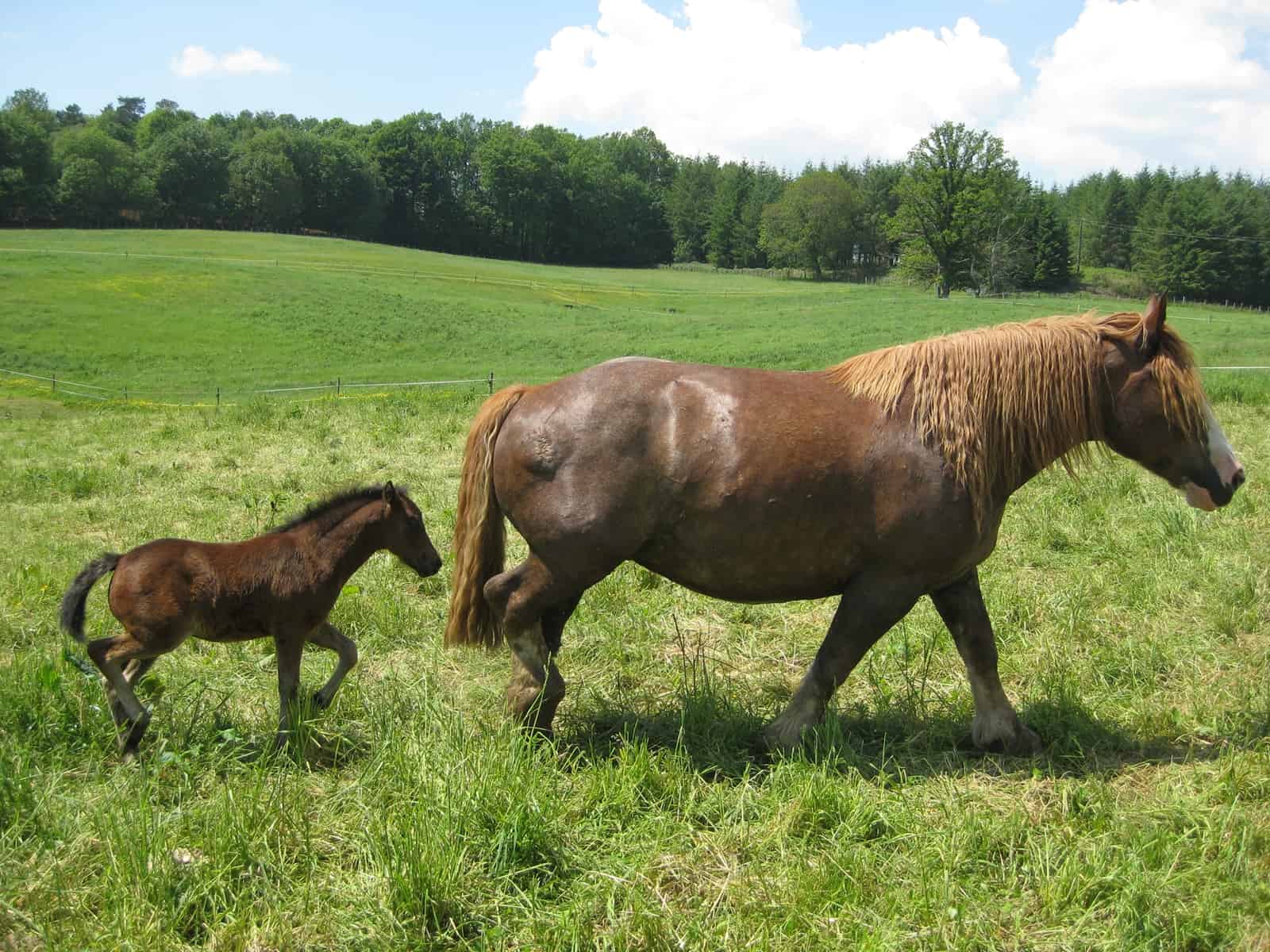Surrogate Mares’ Impact on Embryo Transfer Foals Evaluated

As embryo transfer becomes more common in equine reproduction, researchers are discovering the importance of surrogate mare selection for optimum foal growth and metabolic health.
Recently, French scientists implanted embryos from ponies, light saddle horses, and draft horses into surrogate mares of different sizes and observed significant differences in weight, height, barrel circumference, and metabolic markers among the resulting genetic half-siblings, said Pauline Peugnet, PhD, of the French Agricultural Research Institute in Jouy-en-Josas. Peugnet presented her study at the 2014 French Equine Research Day, held March 18 in Paris.
These effects not only influence the animal’s growth potential, but also its metabolism, which can play a role in insulin resistance and perhaps even osteochondrosis (a developmental orthopedic disorder) development, she said
Create a free account with TheHorse.com to view this content.
TheHorse.com is home to thousands of free articles about horse health care. In order to access some of our exclusive free content, you must be signed into TheHorse.com.
Start your free account today!
Already have an account?
and continue reading.

Written by:
Christa Lesté-Lasserre, MA
Related Articles
Stay on top of the most recent Horse Health news with












